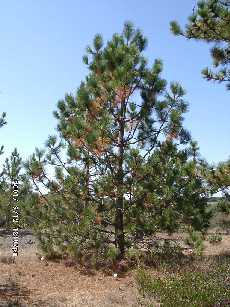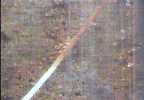
|
|
This image shows a root in transition. The older part, at the top of
the image, is reddish-brown. The white part of the root is more recent.
|
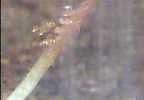
|
|
Zoom in on above image where the root changes color.
|
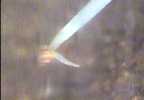
|
|
Zoom in on a broken young root tip.
|
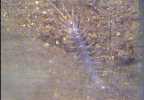
|
|
A centipede! This voracious predator was lurking just beneath the surface
of the ground.
|
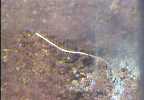
|
|
Fine root...
|
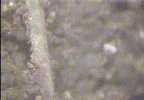
|
|
Root hairs...
|
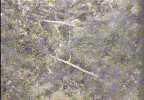
|
|
New root growth...
|
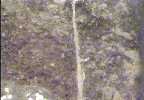
|
|
Another new root...
|
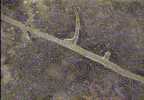
|
|
Zoom in on the growing tips from the root above.
|
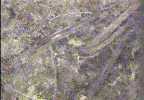
|
|
Old roots near the surface.
|
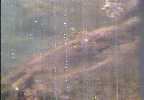
|
|
A zone of large woody roots, also near the surface.
|
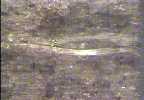
|
|
Lateral root growth...
|
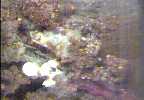
|
|
These fungal growths could be associated with the roots in this image.
|
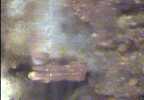
|
|
Full zoom on the above image. The cloudy appearance is characteristic of
soil fungi, whose individual hyphae are too small to be visible with our camera.
|
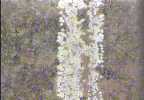
|
|
These spots are microbes that have colonized the moist area underneath the
buried rhizotron tube.
|
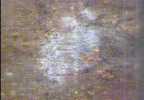
|
|
This white area is probably the mycelial mat of a fungus living in the
soil.
|
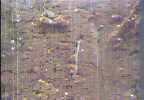
|
|
Young emerging root tip...
|
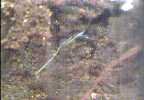
|
|
Young growing tips with red root in lower right.
|
